“It is rare for a television spot to move perception as powerfully as these ads did. I would rank them at the very top of the thousands of ads we have studied.”
Adam B. Schaeffer, Ph.D., Founder / Chief Behavioral Scientist, Evolving Strategies LLC
Spot #1, 2017
In early November 2017, the Polish National Foundation, already a client, asked White House Writers Group to produce and place a 30-second spot on national television.
The spot was to show Americans that Poland was home to five major religious communities— Catholic, Lutheran, Jewish, Polish Orthodox, and Muslim.
The purpose was simply to communicate the friendly and tolerant relations among Poland’s major religious communities. The complex part was making the point in 30 seconds and in a manner that registered with and spoke strongly to Americans.
We determined to split the messaging into two parts: one delivered visually, the other through the spoken content. Against a white backdrop, each of five Polish clerics (one from each community) delivered one piece of the full, shared message. The spot concluded with each wishing the American people a happy holiday season.
By having the five speakers individually deliver part of a common message, doing it in sequence but clearly together as if a team, we visually communicated tolerance and fellow feelings among the five groups, a truth of modern Polish life not well understood in the United States.
By having the words express warmth and gratitude to the American people for America’s support of Polish freedom during the Cold War, we made that fellow feeling among the clerics powerful and personal to American viewers.
Without saying it directly, we established a strong bond through these common feelings that viewers shared with the clerics and via those feelings with all the people of Poland.
Making the right media buy was the other part of the project. To our purchasing agent, we specified our determination of the optimal media buy and oversaw the buying of the airtime. The buy was intended to reach a general audience while being weighted towards U.S. political and global financial community elites.
Online comments confirmed the success of this targeting. When, in late December, we saw the message continuing to generate favorable social media comment, we ordered an extension of the buy.
The entire project was executed under an extremely tight schedule. With the assignment received in early November, we were told that the spot had to start airing at the beginning of the Christmas period, roughly 30 days later. We delivered on schedule. The spots ran for approximately thirty days after that, to the end of the Christmas season.
After airing was completed, our vendor reported a total audience exceeding seventy million. Later we commissioned a randomized-controlled trial (RCT) testing the impact of the ads vs a placebo-control to determine more rigorously if our assessment of effectiveness was correct. The test registered a 54 percent boost in favorable attitudes towards Poland after viewing the spot, as compared to a control group.
Spot #2, 2018
The following year we agreed to produce and place a second spot. The concept was identical — a group of Poles thanking the American people.
But this time, the speakers were to be Polish veterans of Afghanistan operations that supported U.S. forces following the 9/11 attacks on New York City and Washington. They thanked America for championing Poland’s reestablishment as a nation following the First World War.
As we did the year before, we had each speaker deliver the entire text, then left it to the editor to determine who handled each segment best.
On a hunch, we asked the veterans to deliver the script twice — the first time wearing military uniform, the second in civilian clothes — and had our editor (who was also the director) produce a finished spot from each set of takes. To determine the comparative impact, if any, we turned to Evolving Strategies, LLC, a highly respected and innovative opinion research firm. ES developed the RCT protocols described above. Its testing is widely used in the development of major American TV/cable/streaming advertising campaigns. Dr. Adam Schaeffer, the firm’s Chief Behavioral Scientist, designed and ran our tests.
We expected Dr. Schaeffer to find some difference in how the versions were received, but a marginal one — enough to tip the balance in deciding which spot to run but not so much that non-professionals would consider it significant. Instead, the difference was dramatic. The spot in civilian clothes received a far more favorable response. It performed even better than the previous year’s spot at boosting the sense of closeness to Poland, increasing that measure by 93 percent.
We ran the civilian clothed version, but with one modification. The speakers were given brief a group shot in uniform at the conclusion. We felt they deserved that visual acknowledgement of their service.
Online Comment
Both spots generated significant social media comment. Posted on You Tube was this particularly eloquent, but in sentiment typical, example:
“Jesus healed ten lepers. Only one turned around to say thank-you. America has stepped in and rescued many, many nations since our own independence. Poland turns around to say thank-you. Where are the others? Thank-you Poland for this. Your gratefulness is truly inspiring. I found this commercial … to be stunning in its simplicity and brought me to tears.”
